Education: Outdoor Outreach
Monday, August 11th, 2014This is Passport to Texas
Texas parks and Wildlife offers a variety of enhancements for teachers and educators to use in and out of the classroom.
19— We offer outdoor skills training; we offer additions to curriculum – all kinds of supportive materials – to help people introduce youth to the outdoors and to outdoor skills so that they become more aware of their surroundings, enjoy the natural world, and feel connected to our natural resources.
Nancy Herron is Director of Outreach and Education. Water is a vital issue in Texas, and a curriculum on Aquatic Ecosystems of Texas provides a template for better understanding the resource and its users.
31— Without a basic understanding of how our aquatic systems work, it’s going to be very difficult to make those tough decisions that are facing us, such as how much water we need to have in a stream? Isn’t that an unusual question? I mean, it’s not something that people normally would think about; how would you even understand how to approach that question? Our folks are going to be making a lot of touch decisions in the future as we balance the needs of people and the environment. And we need to have a good understanding of how the environment works to do that.
Find the electronic student and teacher guides for Aquatic Ecosystems of Texas on the Texas Parks and Wildlife website, and partner websites: the Meadows Center for Water and the Environment, and the Hart Research Institute.
That’s our show for today. .. Funding provided in part by Ram Trucks. Guts. Glory. Ram
For Texas Parks and Wildlife…I’m Cecilia Nasti.
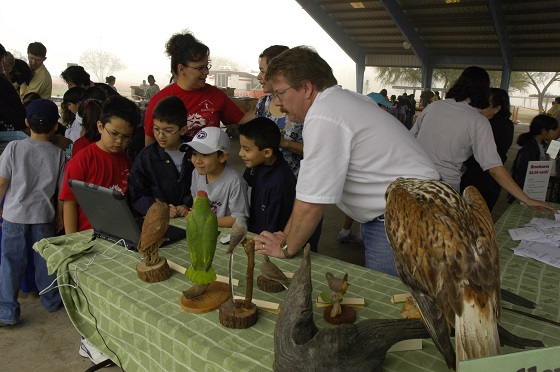

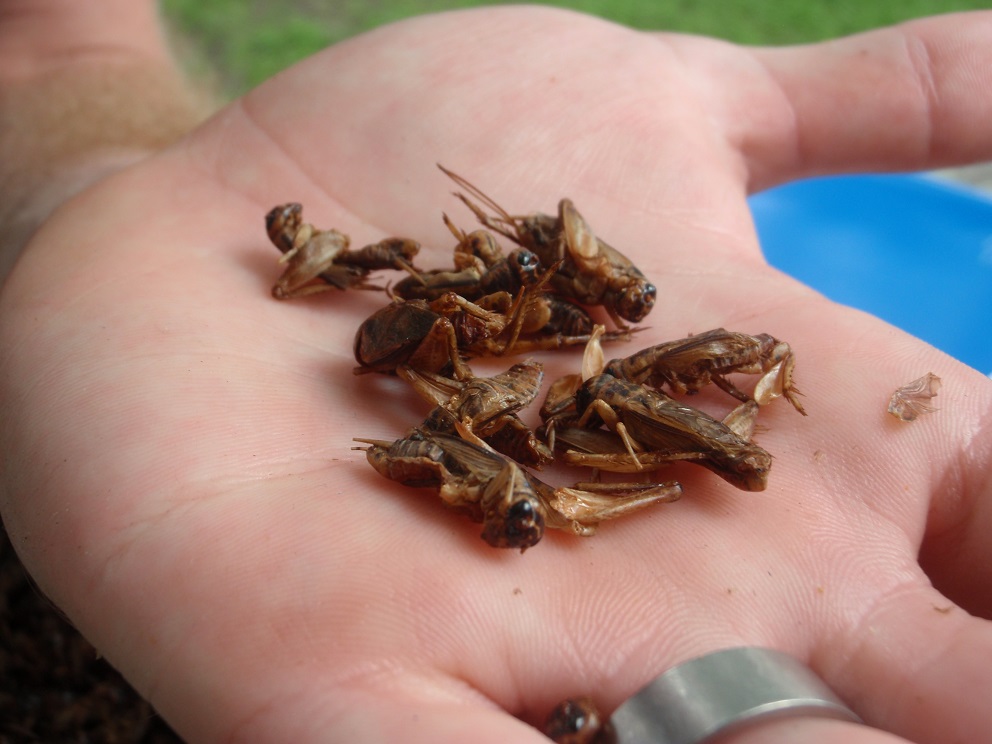
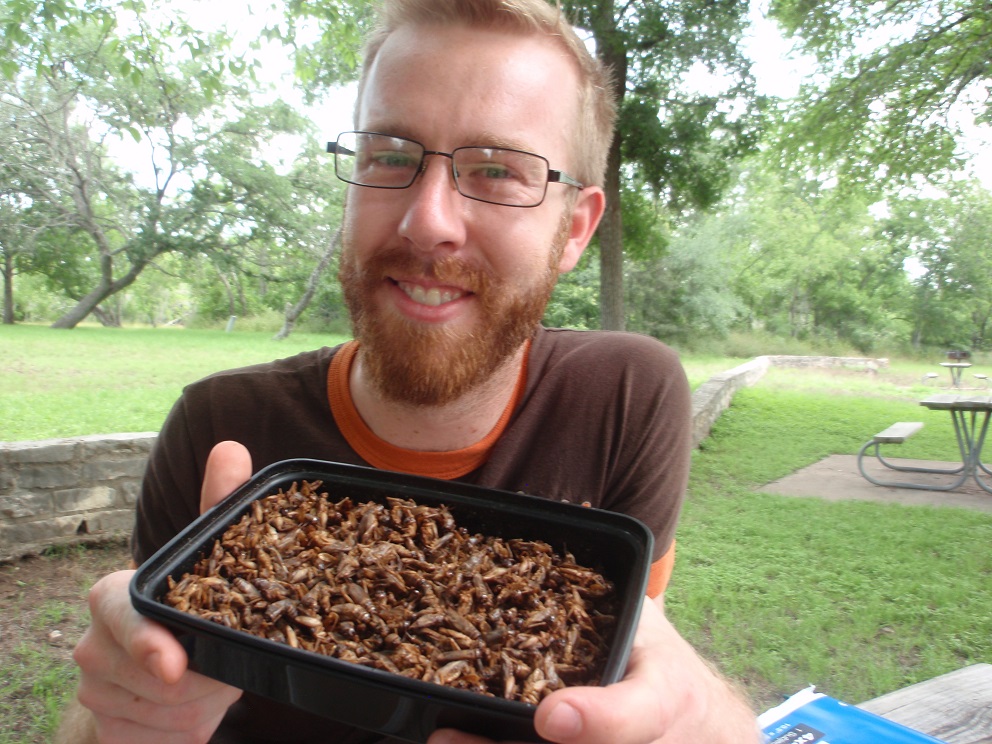
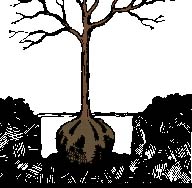
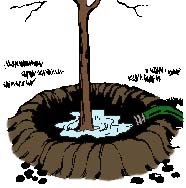



 Passport to Texas is a
Passport to Texas is a  Passport to Texas is made available by:
Passport to Texas is made available by: